Imagine a world hidden beneath your feet, a labyrinth of tunnels and chambers echoing with the whispers of ancient civilizations. This is not a scene from a fantasy novel, but the reality of underground cities that once thrived in the ancient world. These subterranean marvels hold secrets of survival, innovation, and human ingenuity. From the hidden depths of Cappadocia to the intricate networks of Naours, these cities reveal much about the past and challenge our understanding of ancient life. As we journey through these mysterious underground realms, we uncover the stories and mysteries that have captivated historians and archaeologists for centuries.
Derinkuyu: The Subterranean Wonder of Cappadocia
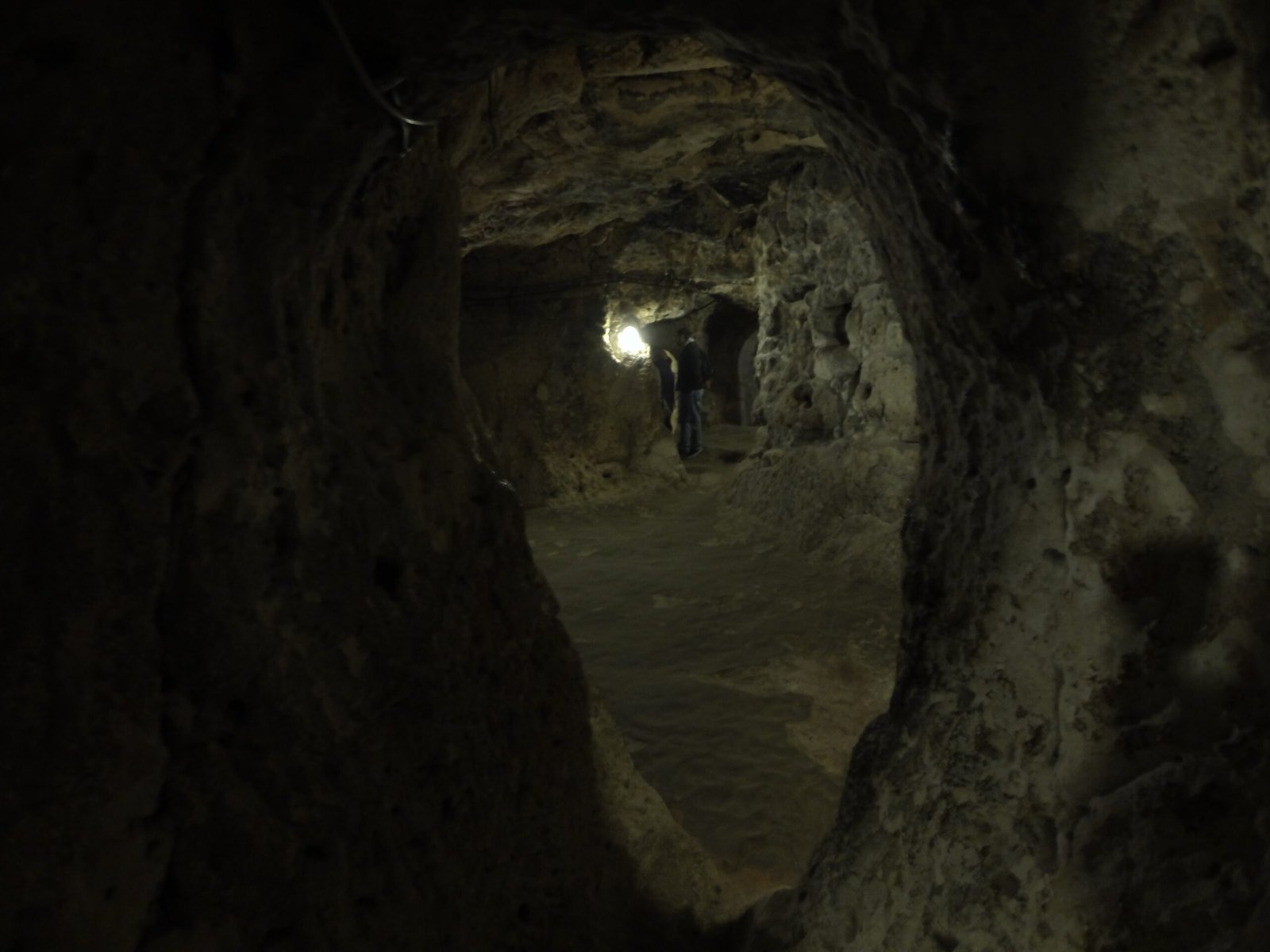
Deep in the heart of Cappadocia, Turkey, lies Derinkuyu, an underground city that could once house up to 20,000 people. This ancient marvel extends 18 levels below the surface, with a network of tunnels, living quarters, and communal spaces. The city was designed to protect its inhabitants from invasions and harsh weather conditions. Ingeniously, the architects included ventilation shafts, water wells, and even stables for livestock, ensuring that life could continue underground for extended periods. The sheer scale and complexity of Derinkuyu is a testament to the resourcefulness of its builders, who transformed a rocky landscape into a sanctuary of safety and community.
The Enigmatic Labyrinth of Naours
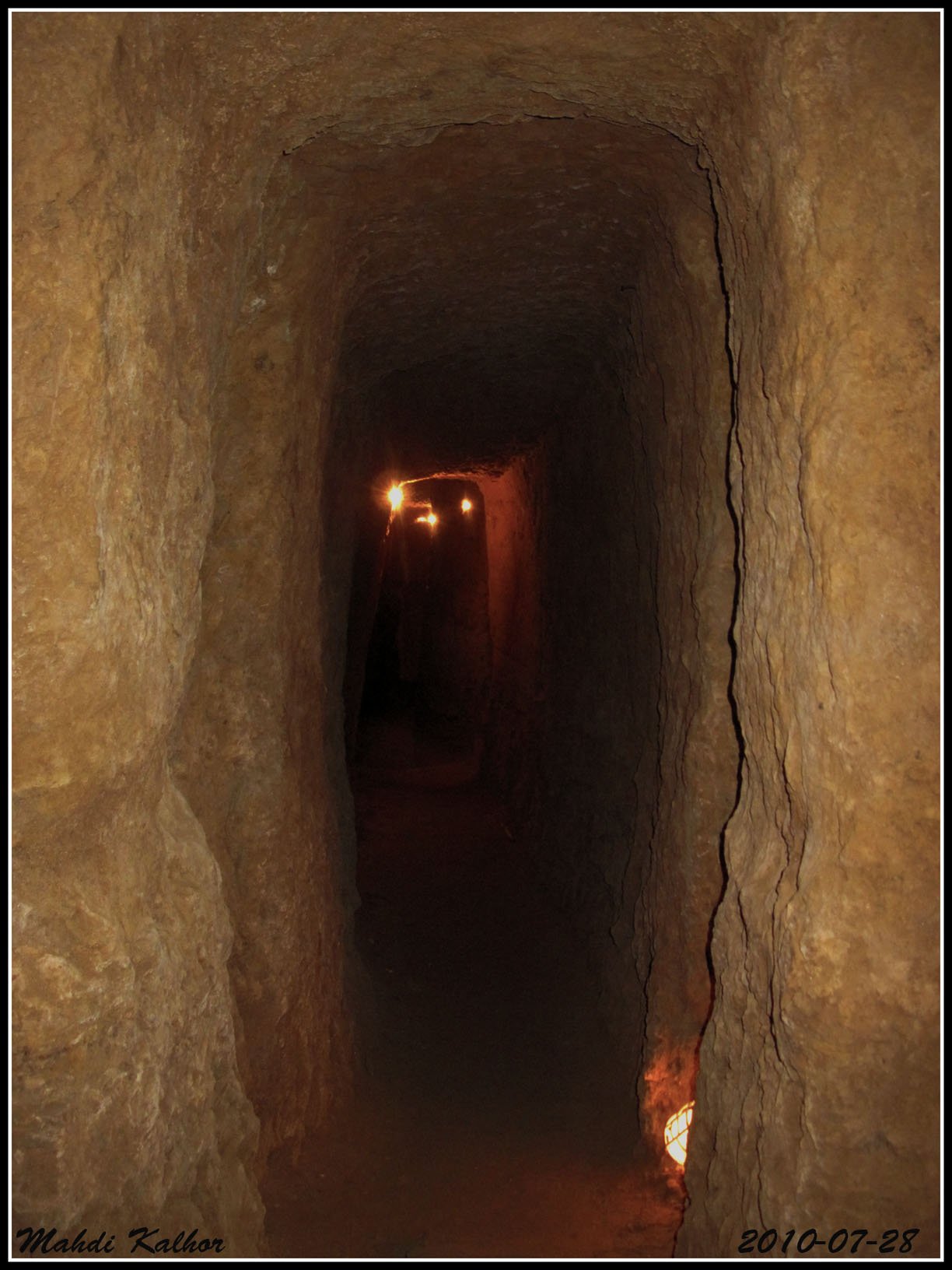
In the Picardy region of France, the underground city of Naours offers a glimpse into a world designed for survival. Discovered in the 19th century, this labyrinthine network was initially used in the Middle Ages as a refuge during times of war and conflict. With over 300 rooms, Naours could accommodate thousands of people, providing them with a secure place to live hidden from threats above. The city features chapels, bakeries, and wells, each carefully crafted to support the needs of its inhabitants. The ingenuity of Naours lies in its ability to sustain a community in secrecy, a silent testament to the resilience and adaptability of human nature.
Petra: The Rose-Red City Half as Old as Time
Though not entirely underground, Petra in Jordan is a city carved into the rose-red cliffs that commands attention. The Nabataeans, an ancient Arab people, sculpted this magnificent city from the rock face, creating a network of tombs, temples, and dwellings. Petra’s unique blend of Hellenistic and Eastern architecture makes it a masterpiece of ancient engineering and artistry. The city’s strategic location along trade routes contributed to its prosperity and influence. Today, Petra stands as a symbol of human creativity, a place where nature and civilization intertwine in breathtaking harmony.
Subterranean Secrets of the Hypogeum of Ħal-Saflieni

In Malta, the Hypogeum of Ħal-Saflieni offers a haunting glimpse into the spiritual life of an ancient society. This underground necropolis, dating back to around 4000 BCE, was used as a burial site and a place of worship. The Hypogeum is a complex structure with chambers carved into the limestone, featuring intricate carvings and red ochre paintings. The mysterious “Oracle Room” within the Hypogeum is known for its acoustic properties, amplifying sound in a way that suggests it may have been used for rituals or ceremonies. This enigmatic site continues to intrigue archaeologists and visitors alike, as it reveals the spiritual and cultural depth of Malta’s prehistoric inhabitants.
The Underground City of Nushabad: A Persian Marvel

In Iran, the ancient city of Nushabad, also known as Ouyi, lies hidden beneath the desert sands. This sophisticated underground city was constructed to protect its residents from the harsh climate and potential invaders. Nushabad features a complex network of tunnels, rooms, and ventilation systems, allowing for a comfortable existence despite the challenges above ground. The city’s ingenious design includes water channels and storage facilities, ensuring a sustainable life below the surface. Nushabad is a testament to the adaptability and engineering prowess of its builders, who crafted a sanctuary in the heart of the desert.
Coober Pedy: The Opal Capital of the World
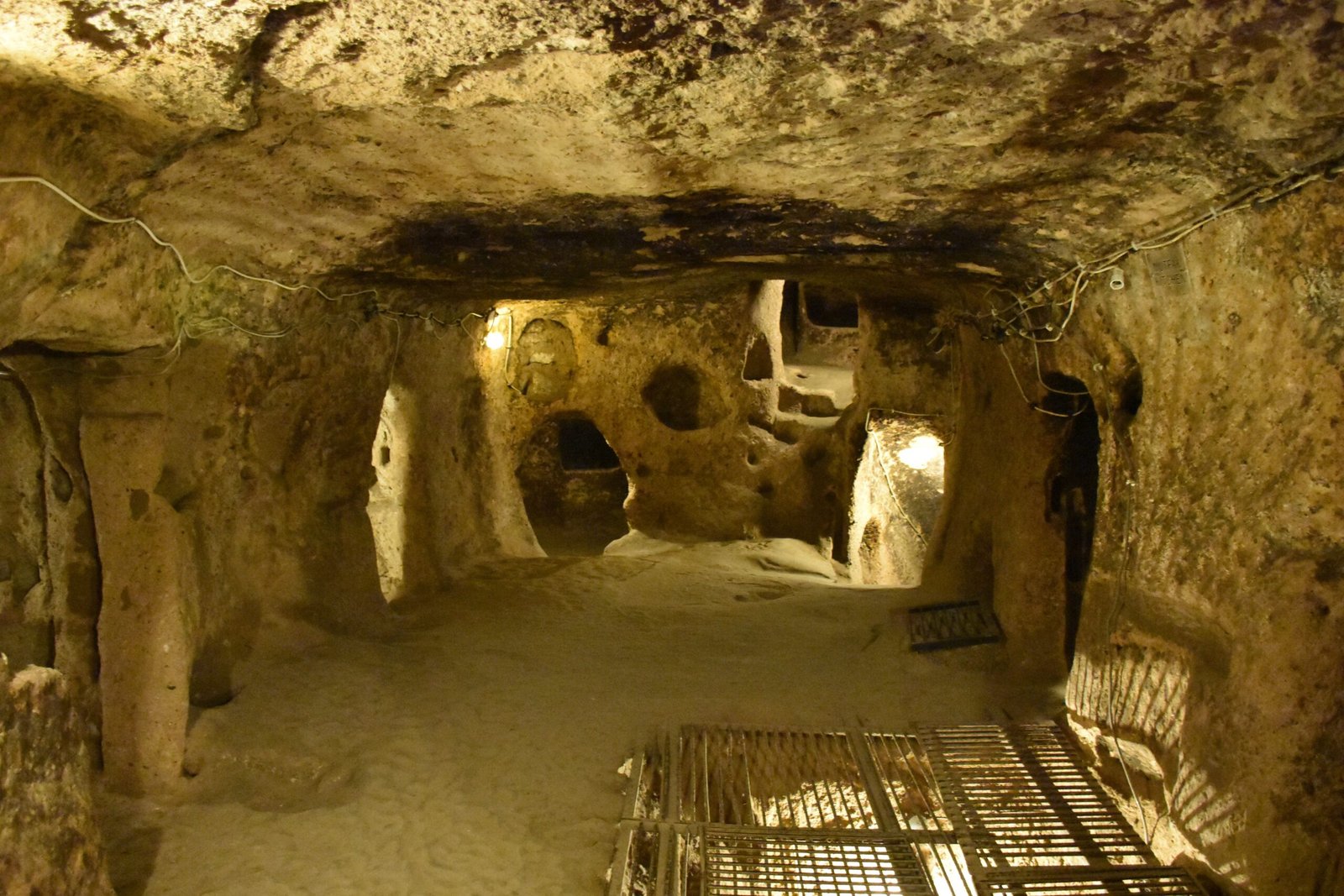
In the arid landscape of South Australia, the town of Coober Pedy offers a modern take on underground living. Known as the “Opal Capital of the World,” Coober Pedy’s residents have adapted to the extreme heat by constructing their homes and businesses underground. These “dugouts” provide a cool respite from the scorching sun, allowing for a comfortable and sustainable lifestyle. The town’s unique approach to living underground showcases the adaptability of human beings, drawing inspiration from ancient underground cities to create a modern oasis in the desert.
The Longyou Caves: A Chinese Enigma
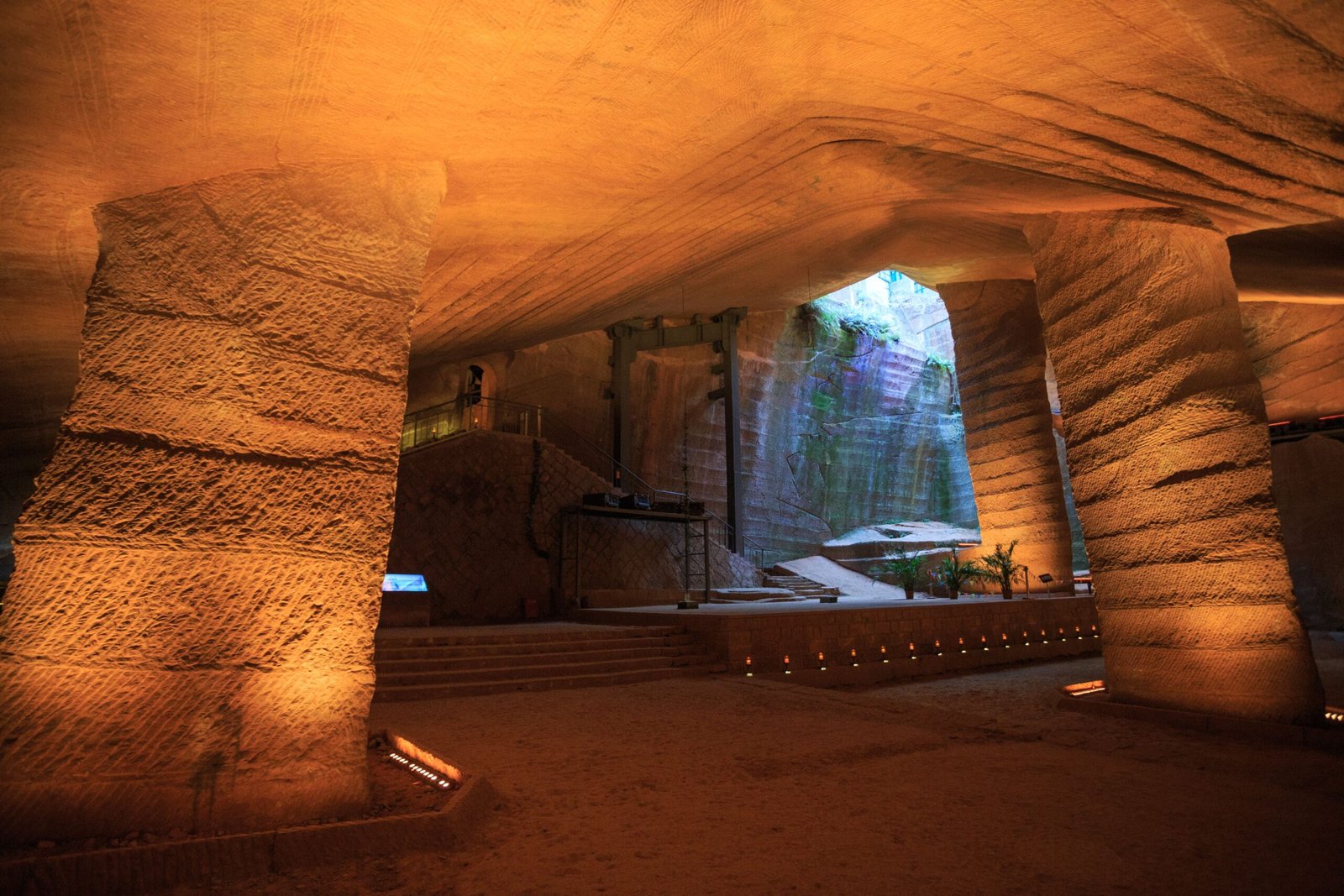
The Longyou Caves in China present a mystery that has baffled historians and archaeologists alike. These vast, man-made caverns were discovered in 1992 and date back over 2,000 years. The caves feature intricate carvings and a sophisticated drainage system, suggesting that they served a purpose beyond mere storage or shelter. The sheer scale and precision of the Longyou Caves raise questions about the technology and knowledge of the ancient Chinese civilization that created them. As researchers continue to explore these enigmatic caves, they uncover more about the ingenuity and ambition of the people who carved them from solid rock.
Kaymakli: A Neighbor to Derinkuyu

Kaymakli, another underground city in Cappadocia, Turkey, offers a fascinating counterpart to Derinkuyu. While smaller in scale, Kaymakli features a similar network of tunnels, living spaces, and storage areas designed for protection and sustainability. The city’s narrow passageways and hidden entrances provided security against invaders, while its ventilation shafts and water systems ensured a livable environment. Kaymakli’s proximity to Derinkuyu suggests a shared cultural and architectural heritage, highlighting the interconnectedness of ancient communities in the region.
Orvieto: Italy’s Underground Gem
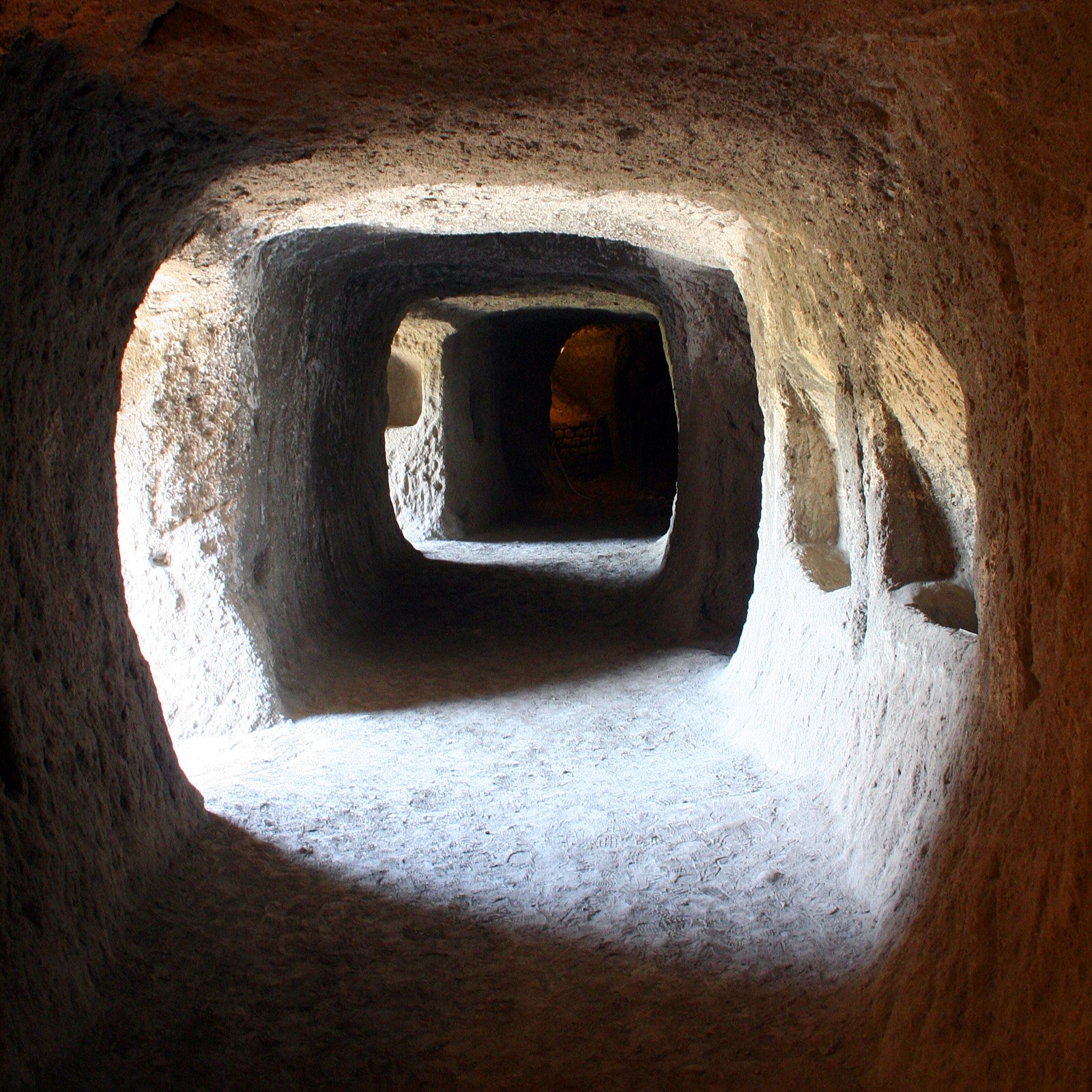
Beneath the charming streets of Orvieto, Italy, lies a hidden world of tunnels and caves. This underground network dates back to the Etruscan period and has been used for various purposes over the centuries, from storage to shelter. The caves of Orvieto reveal the resourcefulness of its inhabitants, who carved out spaces for living and working beneath the city’s surface. Today, the underground world of Orvieto is a testament to the ingenuity and adaptability of its people, offering a unique glimpse into the past.
Edinburgh Vaults: A Haunting History
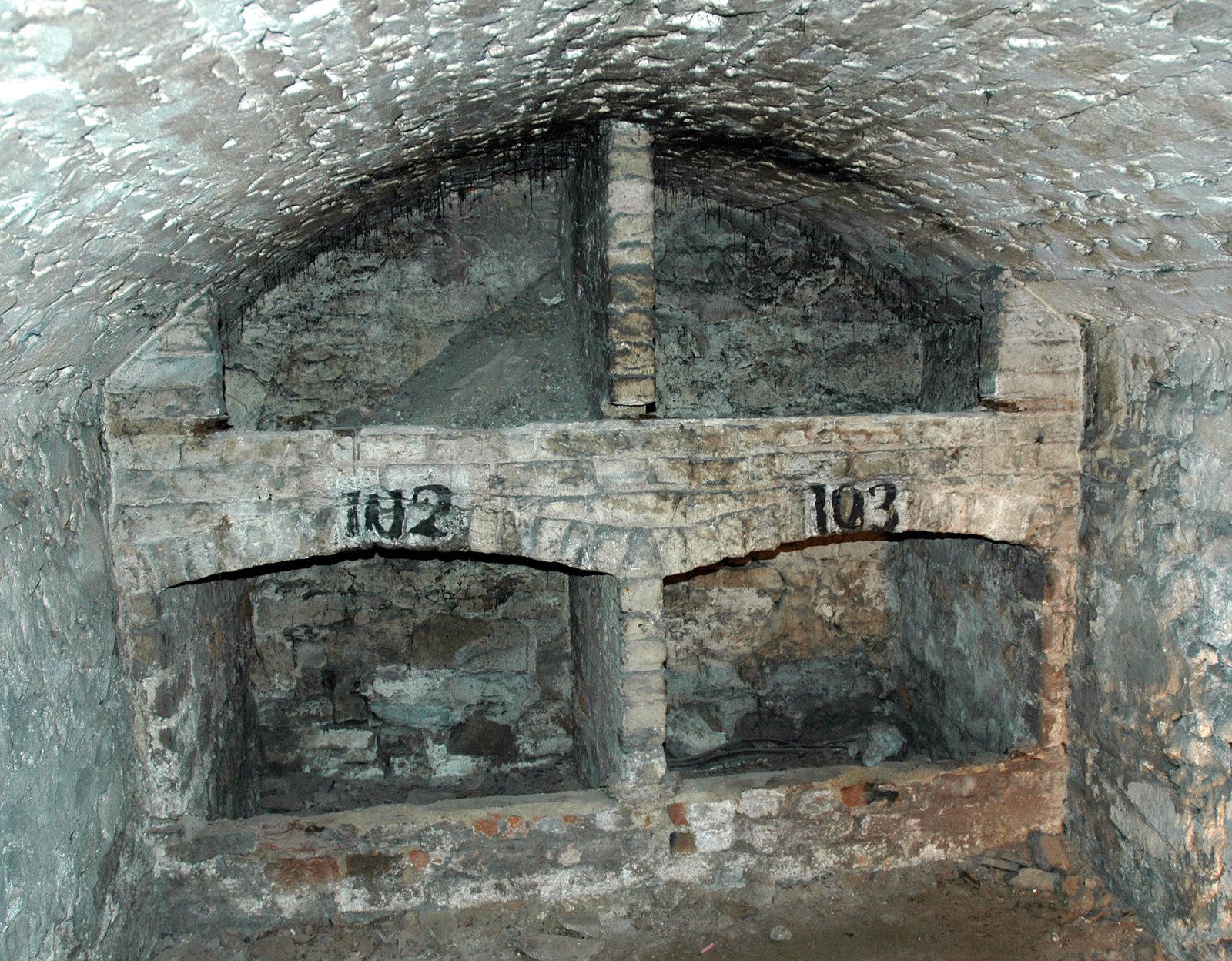
The Edinburgh Vaults in Scotland are a series of chambers beneath the city’s South Bridge, constructed in the late 18th century. Originally used for storage and workshops, the vaults later became home to the city’s poorest residents. Over time, the vaults developed a reputation for being haunted, with tales of ghostly apparitions and eerie sounds. Despite their grim history, the Edinburgh Vaults offer a fascinating glimpse into the lives of those who lived and worked underground in the past. Today, they serve as a reminder of the resilience and resourcefulness of people who found a way to survive in the shadows.
The ancient underground cities of the world are awe-inspiring testimonies to human ingenuity and adaptability. These subterranean marvels, each with its unique story, reveal the lengths to which our ancestors went to create safe havens in times of need. As we explore these hidden worlds, we are reminded of the enduring human spirit and the endless possibilities that lie beneath the surface. What other mysteries might still be waiting to be uncovered in the depths below?



